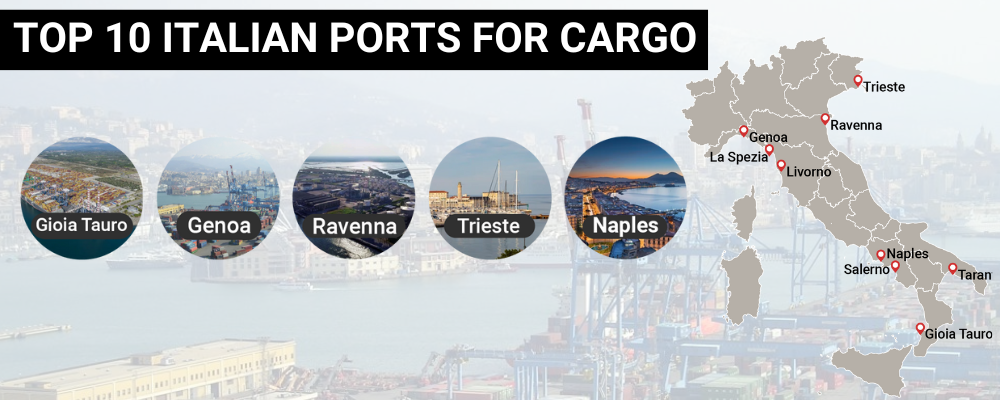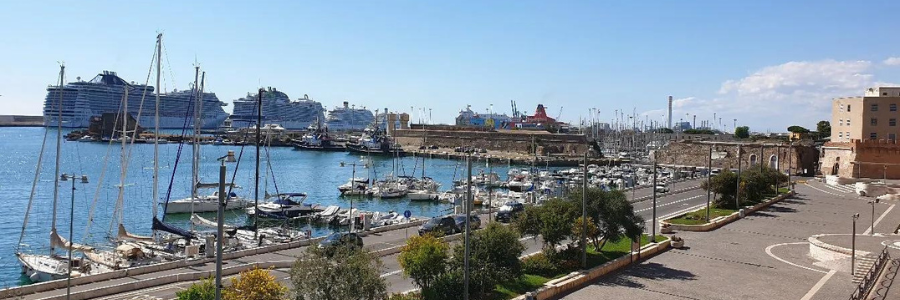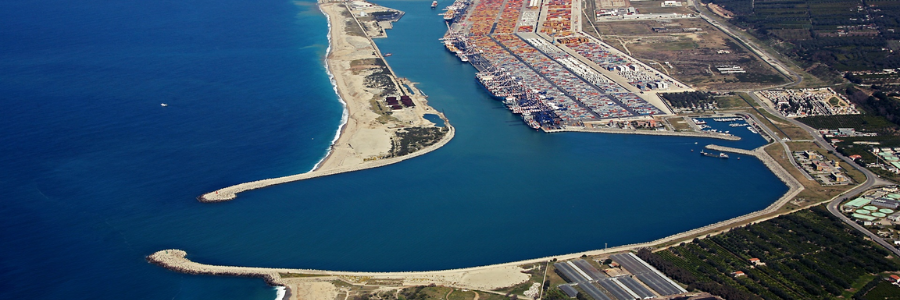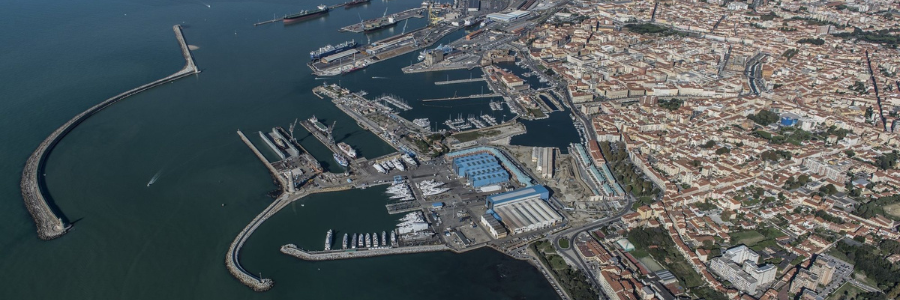
Italy, a nation synonymous with ancient history, rolling hills, and delicious food, also boasts a vibrant maritime landscape. Its ports, scattered across the peninsula and islands, have served as vital gateways for trade and cultural exchange for centuries. But which Italian ports reign supreme in today’s bustling shipping world? Buckle up, as we embark on a voyage through the Top 10 Italian Ports, delving into their unique strengths, container traffic, global connections, and fascinating backstories.
1. Port of Gioia Tauro: King of Containers (3.4 million TEU annually)
- Location: Southern Italy, strategically positioned on the Mediterranean Sea.
- Connections: Extensive network across Europe, Asia, and Africa, making it a vital transhipment hub for containerized cargo.
- Uniqueness: Boasts modern infrastructure, automation technologies, and a focus on efficiency, ranking 9th in Europe for container traffic.
- Did you know: Gioia Tauro is a relatively young port, established in the 1970s and rapidly becoming a significant player in the global shipping industry.
2. Port of Genoa: Gateway to Northern Italy (2.7 million TEU annually)
- Location: Northwestern Italy, offering access to major industrial and commercial centers.
- Connections: Key link for trade with Europe, North Africa, and the Americas. Handles diverse cargo like containers, vehicles, and cruise ships.
- Uniqueness: Home to Italy’s largest passenger port, attracting millions of tourists each year, and boasting a rich maritime history dating back centuries.
- Local charm: Explore the vibrant alleys and historical landmarks of Genoa, like the iconic San Giorgio Palace.
3. Port of Trieste: Adriatic Link (2.7 million TEU annually)
- Location: Northeastern Italy, strategically located at the head of the Adriatic Sea.
- Connections: Vital hub for trade with Eastern Europe and the Mediterranean. Specializes in liquid bulk and containerized cargo.
- Uniqueness: Free Trade Zone offers tax and bureaucratic advantages, attracting businesses and investments.
- Cultural crossroads: Trieste’s unique history blends Italian, Austrian, and Slavic influences, reflected in its vibrant architecture and cuisine.
4. Port of Naples: Southern Powerhouse (2.2 million TEU annually)
- Location: Southern Italy, serving as a major commercial and tourism hub.
- Connections: Vital link for Mediterranean trade, especially with North Africa and the Middle East. Handles diverse cargo, including cruise ships and agricultural products.
- Uniqueness: World-renowned for its cruise ship industry, attracting millions of visitors each year, and famous for its delicious Neapolitan pizza.
5. Port of Livorno: Tuscan Gateway (1.2 million TEU annually)
- Location: Western Italy, offering access to Tuscany and its industrial heartland.
- Connections: Important link for trade with Europe and the Mediterranean. Handles containerized cargo, ferry services, and cruise ships.
- Uniqueness: Strategically located near major highways, facilitating efficient inland connections. Surrounded by the stunning Tuscan countryside, offering visitors a combination of maritime charm and scenic landscapes.
6. Port of Civitavecchia: Gateway to the Eternal City (1.1 million TEU annually)
- Location: Central Italy, near Rome.
- Connections: Key cruise ship hub for tourists visiting Rome, limited containerized cargo primarily focused on tourism-related goods.
- Uniqueness: Historical significance due to ancient roots and proximity to Rome, offering easy access to cultural treasures.
- Did you know: Civitavecchia was an important port during the Roman Empire, serving as a major trade hub for grain and other goods.

7. Port of Ravenna: Where History Meets Industry (1 million TEU annually)
- Location: Northeastern Italy, strategically positioned on the Adriatic Sea.
- Connections: Handles diverse cargo like liquid bulk (oil, gas), agricultural products, and some containerized goods.
- Uniqueness: Home to UNESCO-listed Byzantine mosaics and early Christian monuments, specializes in renewable energy projects.
- Local flavor: Explore the vibrant historical center filled with Roman and Byzantine remnants, and savor fresh seafood dishes at local restaurants.
8. Port of La Spezia: Beauty, Military Might, and Trade (0.9 million TEU annually)
- Location: Northwestern Italy, picturesque location and historical significance as a military port.
- Connections: Balancing commercial activities with military role, handling containerized cargo, liquid bulk, and cruise ships.
- Uniqueness: Stunning natural beauty with historical attractions like the Naval Technical Museum, growing in commercial importance.
- Hidden gem: Take a boat trip to the colorful village of Portovenere, known for its charming harbor and colorful houses.
9. Port of Salerno: Sun, Sea, and Commerce (0.8 million TEU annually)
- Location: Southern Italy, gateway to the Amalfi Coast and renowned tourist destinations.
- Connections: Handles diverse cargo like containerized goods, liquid bulk, and tourism-related products.
- Uniqueness: Direct access to the stunning Amalfi Coast, attracting tourists and facilitating export of local products like limoncello.
- Foodie paradise: Explore the vibrant city center and indulge in delicious local specialties like pizza and pasta dishes.
10. Port of Taranto: From Ancient Glory to Modern Industry (0.7 million TEU annually)
- Location: Southern Italy, historically an important naval base and industrial hub.
- Connections: Primarily handles steel and energy-related cargo, crucial role in these sectors for the region.
- Uniqueness: Rich historical significance dating back to ancient Greece, currently undergoing redevelopment to diversify activities.
- Cultural immersion: Visit the National Archaeological Museum of Taranto to explore its ancient Greek and Roman heritage.



